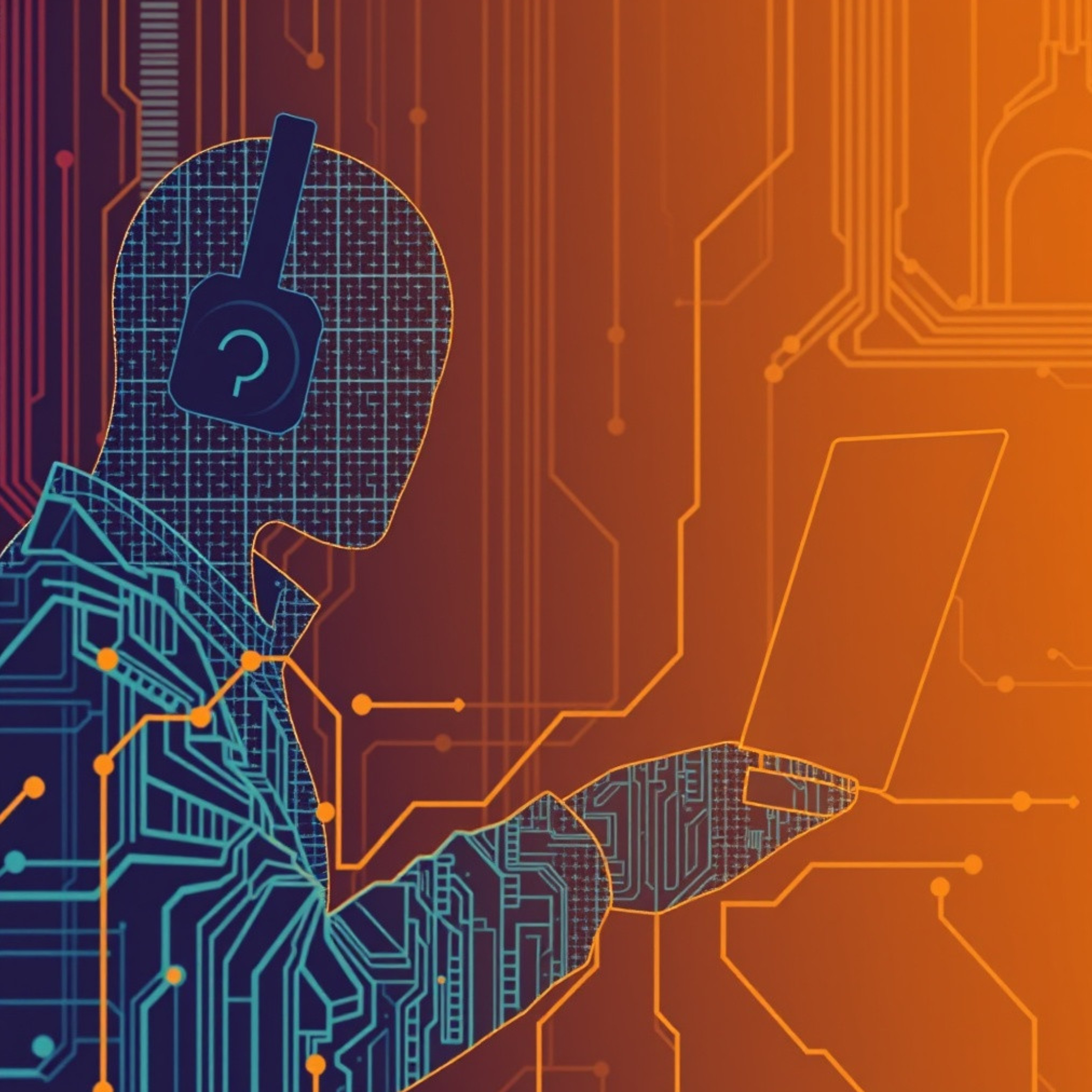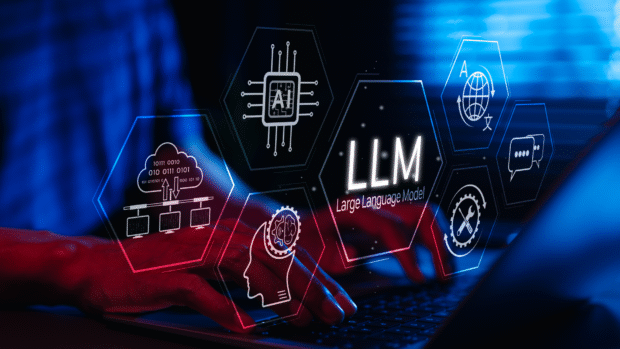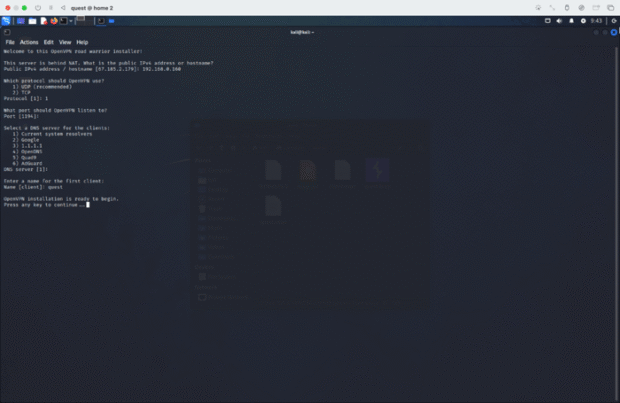
Cultivating a growth mindset in cybersecurity is essential because the field is constantly evolving, demanding continuous learning, persistence, and resilience. A growth mindset emphasizes that skills and knowledge can be developed through dedication and hard work. Here’s how you can foster a growth mindset in the context of cybersecurity:
1. Embrace Challenges as Learning Opportunities
- Mindset Shift: View difficult tasks, like understanding complex attack vectors or learning new tools, as opportunities to grow.
- Strategy:
- Tackle hands-on projects like penetration testing labs or malware analysis, even if they feel hard at first.
- Participate in Capture the Flag (CTF) competitions to face real-world cybersecurity challenges.
- Learn from mistakes: If a project fails, analyze why, and use that experience to improve.
2. Value Effort Over Perfection
- Mindset Shift: Cybersecurity mastery takes time, practice, and experimentation. Effort is key, not instant results.
- Strategy:
- Dedicate consistent time for learning—e.g., 30 minutes daily to learn tools like Wireshark, EnCase, or scripting with Python.
- Set small, achievable goals: Instead of “becoming an ethical hacker,” start with “learning how to scan a network using Nmap.”
- Celebrate progress over perfection—every skill developed is a step forward.
3. Reframe Failures as Feedback
- Mindset Shift: Mistakes are not failures—they are data points that show you where to improve.
- Strategy:
- When you get stuck on debugging a script or misconfiguring a firewall, analyze what went wrong. Use it as a learning moment.
- After cybersecurity certifications or mock exams, review incorrect answers and focus on understanding why.
- Create a “Lessons Learned” document to track challenges and your solutions for future reference.
4. Focus on Continuous Learning
- Mindset Shift: Cybersecurity is dynamic; the more you learn, the better you get.
- Strategy:
- Stay curious: Subscribe to cybersecurity blogs, podcasts, and newsletters like KrebsOnSecurity or The Hacker News.
- Develop a learning routine:
- Daily: 10-20 minutes reading about recent breaches, malware trends, or attack techniques.
- Weekly: Watch tutorials or attend webinars on emerging topics (e.g., cloud security, AI in cybersecurity).
- Pursue certifications like CompTIA Security+, CEH, or CISSP to push your knowledge boundaries.
5. Cultivate Resilience Through Problem-Solving
- Mindset Shift: Cybersecurity is about solving problems, not avoiding them. Resilience comes from persistence.
- Strategy:
- Practice troubleshooting regularly—whether it’s fixing a network issue or analyzing malware behavior.
- Break problems into smaller pieces: For example, if you’re investigating a breach, start with “What logs do I need?” and “What does normal traffic look like?”
- Use real-world scenarios: Simulate cyberattacks or incident response in labs to build confidence in handling challenges.
6. Seek Out Feedback and Collaboration
- Mindset Shift: Growth happens faster when you get feedback and collaborate with others.
- Strategy:
- Join cybersecurity communities (e.g., Reddit forums, Discord servers, or local cybersecurity groups) to ask questions and share ideas.
- Participate in peer reviews: Share your scripts, configurations, or reports and ask for constructive feedback.
- Collaborate on projects with others—different perspectives often lead to innovative solutions.
7. Adopt a Curious, Research-Oriented Mindset
- Mindset Shift: The best cybersecurity professionals have a “detective mindset” and love to explore how systems work.
- Strategy:
- Ask questions like: “How does this malware execute?” or “How can I defend against this attack?”
- Develop a habit of researching: If you hear about zero-day exploits, dig deeper to understand what they are and why they happen.
- Set learning themes: For example, focus one month on cloud security, the next on social engineering.
8. Use Positive Reinforcement and Self-Reflection
- Mindset Shift: Recognize and reward your growth to stay motivated.
- Strategy:
- Keep a learning journal: Document what you learned, where you struggled, and how you overcame challenges.
- Reward yourself for milestones: Passed a certification? Celebrate! Mastered a new tool? Acknowledge your progress.
- Reflect on your cybersecurity journey to see how far you’ve come.
9. Understand That the Learning Never Stops
- Mindset Shift: Cybersecurity is a journey, not a destination. Even experts are always learning.
- Strategy:
- Stay updated on emerging technologies like AI security, IoT vulnerabilities,
Encouraging Continuous Improvement
- Experiment and Innovate
- Try new tools like Wireshark or Metasploit to expand technical proficiency.
- Collaborate with Others
- Join groups such as OWASP to learn from experienced professionals.
- Stay Curious
- Explore how different aspects of cybersecurity, like forensics and ethical hacking, interconnect.
Key Takeaways
- View challenges as growth opportunities.
- Emphasize continuous learning and adaptation.
- Celebrate progress, not just outcomes.
- Foster collaboration and seek diverse perspectives.
By fostering a growth mindset, cybersecurity professionals can stay ahead of evolving threats and build a rewarding career marked by innovation and resilience.
#TrendingNow #InspirationDaily #ExploreMore #LifestyleTips #InTheNews #DigitalAge #Insights #Innovation #BehindTheScenes #WorldView #Digital #forensic #postyhive
Read more on our more trending special page












Be the first to leave a comment